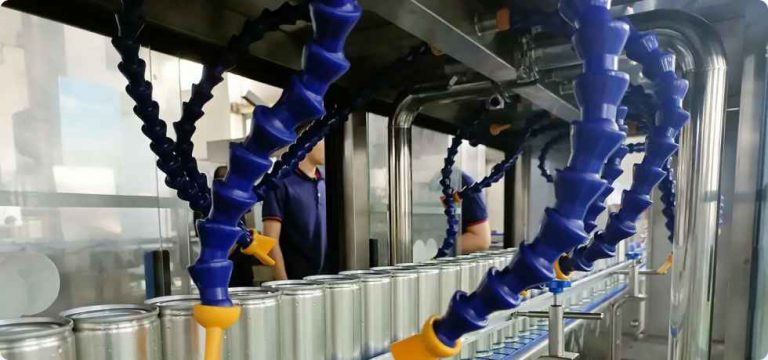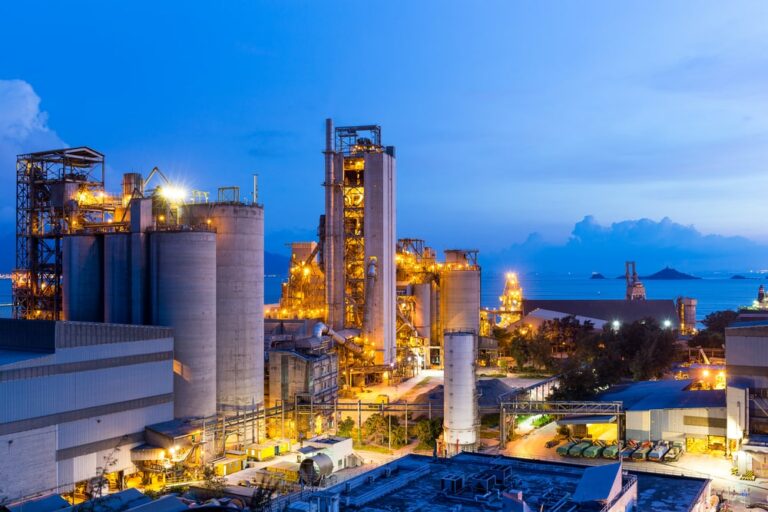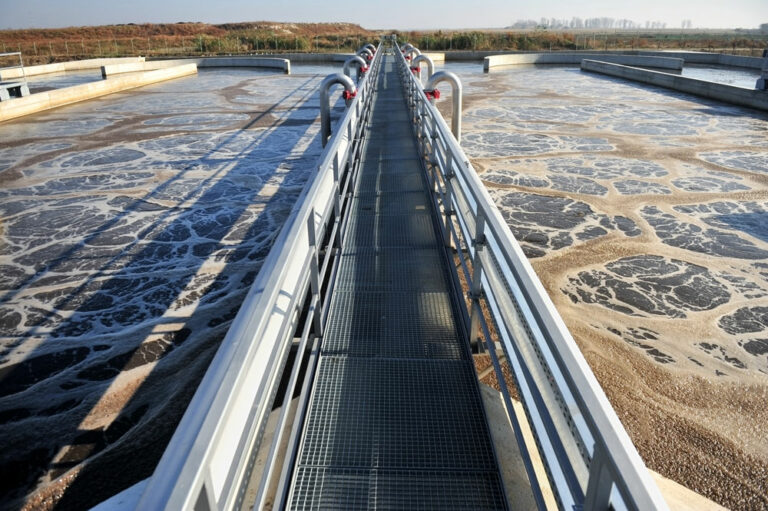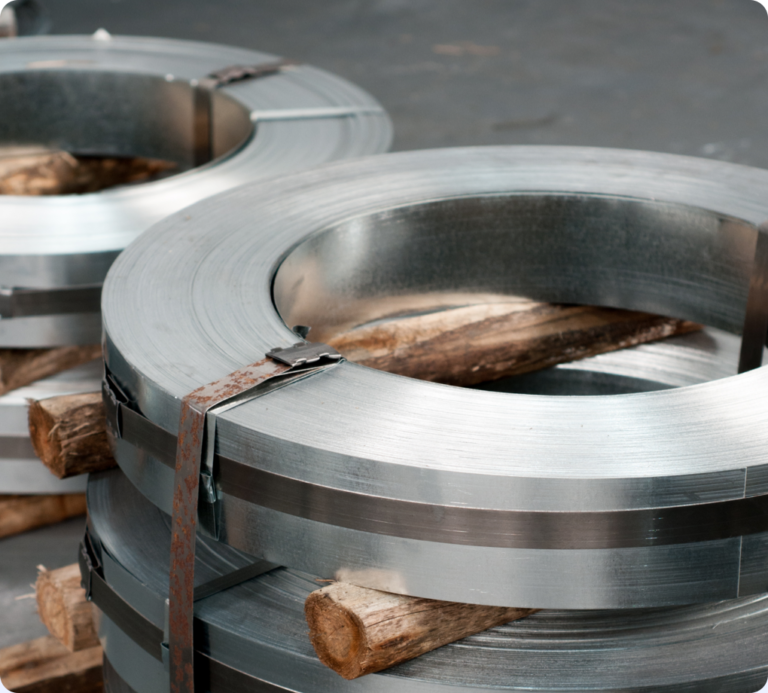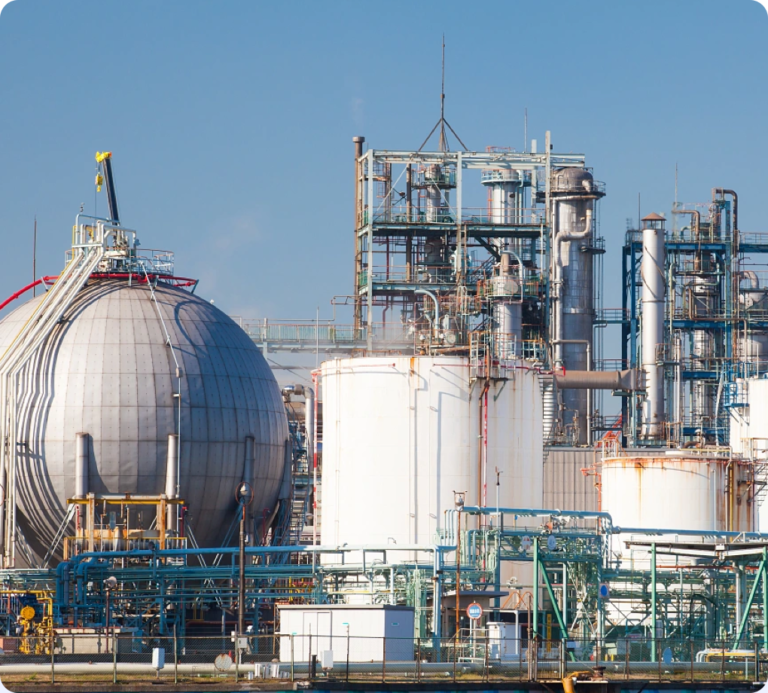We are engaged in the field of Cement factory blower,Dynamic Centrifugal Turbo Blower,Air blowers for wastewater treatment,blower professional turbo,air blower supplier,Blower conveying systems.With over 10 years of experience in the design,development,and manufacture of the fans and motors,we export to over 30 countries and regions such as Peru,Australia,Syria,Suriname,Navassa Island,Mexico,Greece,Haiti,French Polynesia etc .High quality,prompt delivery,superior service and competitive prices are always assured.Developing business based on the quality is the tenet we have always held. Besides the products listed in our catalogs, we also offer OEM services.
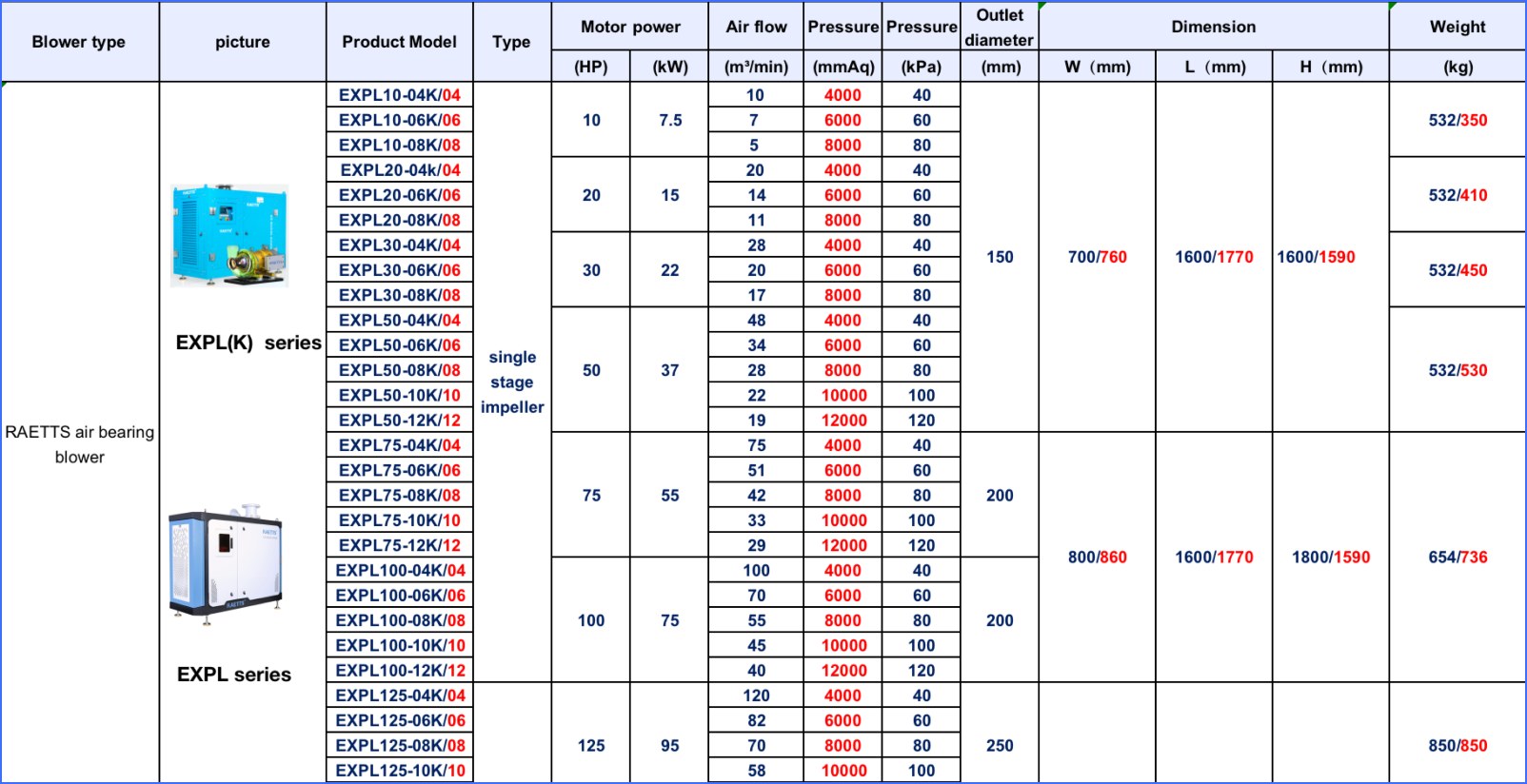
| Product name | Air Systems for paper production |
| Keyword | Cement factory blower,Dynamic Centrifugal Turbo Blower,Air blowers for wastewater treatment,blower professional turbo,air blower supplier,Blower conveying systems |
| Place of Origin | China |
| Feature | RAETTS air bearing turbo blower is a brand-new concept blower, which integrates the main core technologies such as “air suspension bearing”, “permanent magnet ultra-high-speed motor”, “high-precision aviation-grade impeller”, and creates a new era of ultra-high efficiency ,low noise and low energy consumption. |
| Dimensions | 713mm*792mm*759mm, (Contact us for specific information to confirm) |
| Applicable Industries | environmental protection, etc. |
| Weight | 327kg |
| delivery date | the common delivery time will be 30-40 days. |
| terms of paymen | RAETTS accept payment by T/T(30% advance payment,70% before shipment) |
| Life span | 11 years (Contact us for specific information to confirm) |
| After-sale service | RAETTS warranty time for air bearing blower and maglev turbo blower is 24months,for high speed centrifugal blower is 12 months. |
| Advantage | We keep good quality and competitive price to ensure our customers benefit |
| Packing | 810x899x835mm(Contact us for specific information to confirm) |
| OEM/ODM | Customization Service Provided |
| Sales country | All over the world for example:Peru,Australia,Syria,Suriname,Navassa Island,Mexico,Greece,Haiti,French Polynesia |
| MOQ | 2pcs(Contact us for specific information to confirm) |
| production capacity | production capacity RAETTS production quantity for air bearing blower and maglev turbo blower is about 200pcs/month,for high speed centrifugal blower is about 700pcs/month. |
| raw materials | RAETTS air blower impeller in made of aluminum alloy,enclosure material is carbon steel,rotor material is cast iron.If customers need other special materials,we can also customized according to customers requirements |
| technology | RAETTS air bearing blower technology is originated from South Korea and maglev turbo blower technology is originated from Germany.RAETTS also have R&D team from Xi’an Jiaotong University |
| quality system | RAETTS has quality management system certificate ISO9001:2015 and enviromental management system certificate ISO14001:2015 |

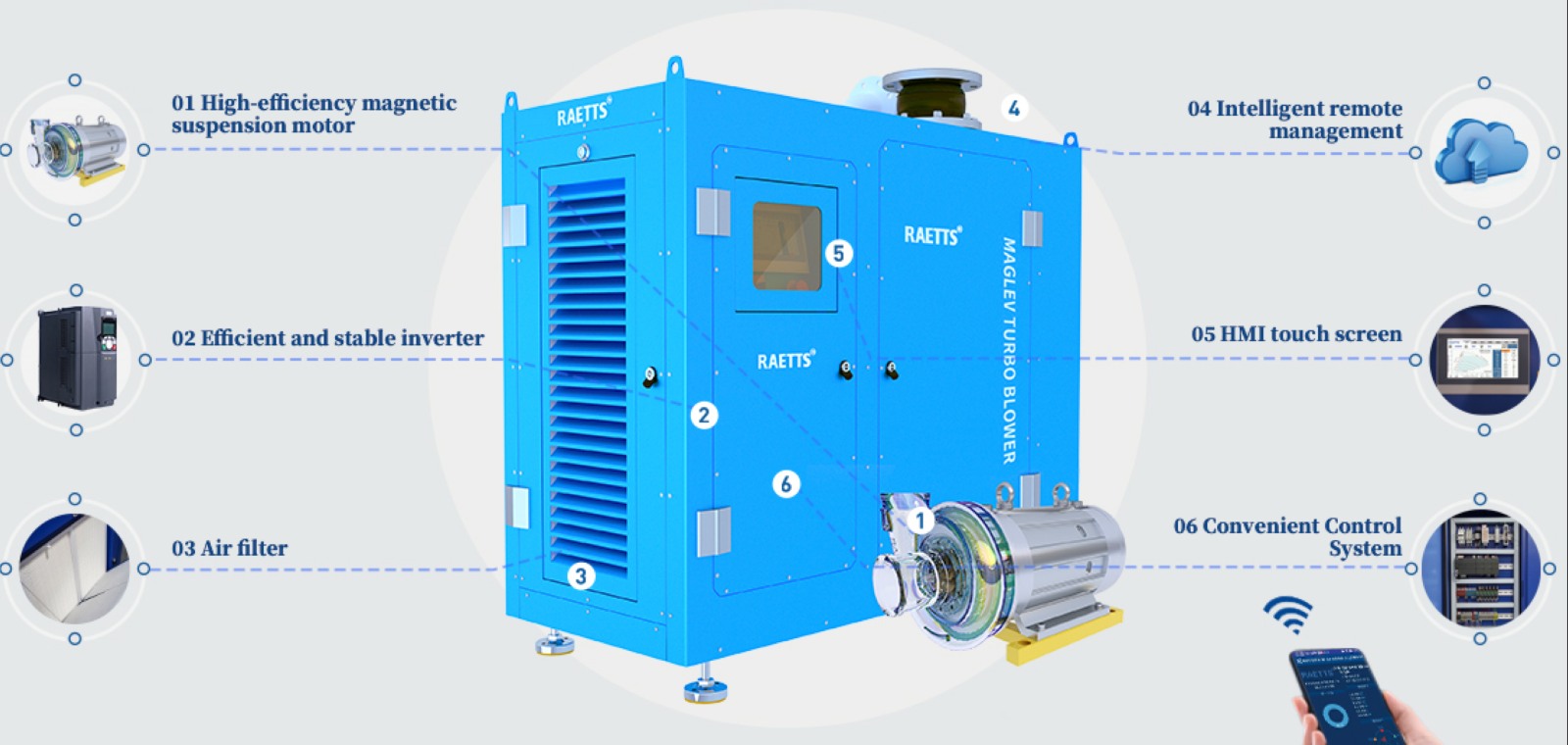
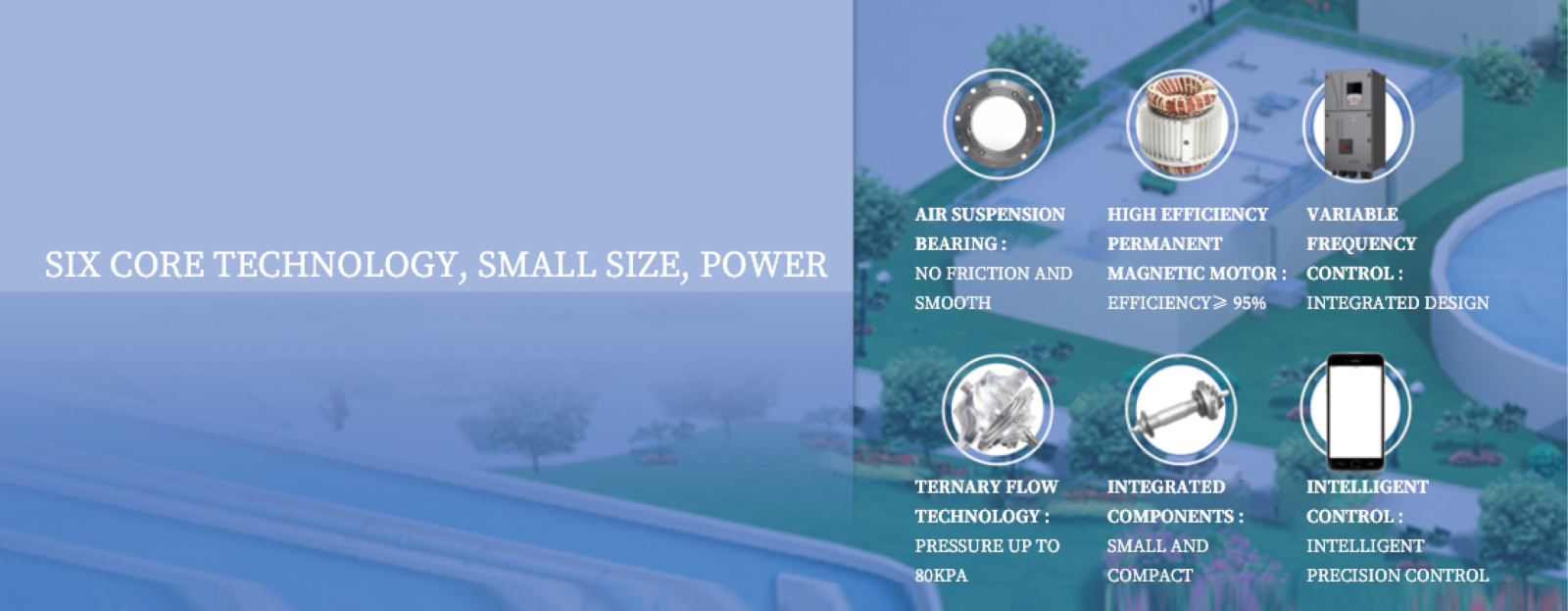
Air Systems for paper production services FAQs Guide
Are you looking for a quick review guide about Air Systems for paper productionservices?
An ultimate FAQ buying guide is available to help you.This guide contains all the information about all the important facts, figures, and various processes regarding Air Systems for paper production services.
Let’s continue!
2.Is a Turbo Blower More Efficient at Higher or Lower Speeds?
3.About Air Systems for paper production technology
4.What Industries Benefit Most from Using Turbo Blowers?
5.Can a Turbo Blower Be Used for Both Vacuum and Compression Applications?
6.How Does a Variable Speed Drive Affect a Turbo Blower’s Performance?
7.What are the different types of Air Systems for paper production available in the market?
8.What Measures are in Place for Protecting Against Overloading a Turbo Blower?
9.Can a Turbo Blower Help to Reduce Energy Costs?
10.Is a Turbo Blower Easy to Install and Integrate into My System?
11.How to choose the right Air Systems for paper production for your specific needs?
12.How Does a Turbo Blower Handle Varying Inlet Conditions?
1.About Air Systems for paper production quality system
RAETTS has quality management system certificate ISO9001:2015 and enviromental management system certificate ISO14001:2015.
2.Is a Turbo Blower More Efficient at Higher or Lower Speeds?
We pay attention to the transformation of intellectual property protection and innovation achievements. Your OEM or ODM order design we have a complete confidentiality system.
A turbo blower is more efficient at higher speeds. This is because the higher the speed, the more air is being pushed through the blower, resulting in a higher volume of air being moved. This increased volume of air allows for more efficient operation and better performance. Additionally, at higher speeds, the blower is able to overcome any resistance or back pressure in the system more easily, resulting in a more efficient operation.
3.About Air Systems for paper production technology
RAETTS air bearing blower technology is originated from South Korea and maglev turbo blower technology is originated from Germany.RAETTS also have R&D team from Xi’an Jiaotong University.
4.What Industries Benefit Most from Using Turbo Blowers?
We focus on our customers’ needs and strive to meet their expectations, so we take this very seriously.
1. Wastewater Treatment: Turbo blowers are commonly used in wastewater treatment plants for aeration and mixing processes. They provide high air flow rates and energy efficiency, making them ideal for this industry.
2. Chemical Processing: Turbo blowers are used in chemical processing plants for various applications such as air agitation, gas compression, and vacuum generation. They are preferred for their high reliability and low maintenance requirements.
3. Power Generation: Turbo blowers are used in power plants for combustion air supply, cooling, and ventilation. They are also used in gas turbine power plants for air compression.
4. Food and Beverage: Turbo blowers are used in the food and beverage industry for aeration, cooling, and drying processes. They are also used for pneumatic conveying of food products.
5. Pulp and Paper: Turbo blowers are used in the pulp and paper industry for aeration, ventilation, and drying processes. They are also used for paper machine vacuum systems.
6. Mining: Turbo blowers are used in the mining industry for ventilation, dust control, and pneumatic conveying of materials. They are preferred for their high efficiency and low maintenance requirements.
7. Oil and Gas: Turbo blowers are used in the oil and gas industry for gas compression, vapor recovery, and flare gas recovery. They are also used for pneumatic conveying of materials in refineries and petrochemical plants.
8. Pharmaceutical: Turbo blowers are used in the pharmaceutical industry for air agitation, drying, and sterilization processes. They are preferred for their high purity and low noise levels.
9. Textile: Turbo blowers are used in the textile industry for air supply in spinning, weaving, and dyeing processes. They are also used for pneumatic conveying of fibers and fabrics.
10. Aquaculture: Turbo blowers are used in aquaculture for aeration and oxygenation of water in fish and shrimp farms. They are preferred for their energy efficiency and low noise levels.
5.Can a Turbo Blower Be Used for Both Vacuum and Compression Applications?
We have broad development space in domestic and foreign markets. Air Systems for paper production have great advantages in terms of price, quality, and delivery date.
Yes, a turbo blower can be used for both vacuum and compression applications. Turbo blowers are versatile machines that can be used for a variety of applications, including both vacuum and compression. They are commonly used in industries such as wastewater treatment, pneumatic conveying, and industrial processes.
In vacuum applications, the turbo blower is used to create a negative pressure or suction to remove air or other gases from a system. This is commonly used in vacuum pumps for packaging, vacuum cleaners, and other industrial processes.
In compression applications, the turbo blower is used to increase the pressure of a gas or air stream. This is commonly used in pneumatic conveying systems, aeration systems, and other industrial processes.
The versatility of turbo blowers makes them a popular choice for many industries. They are energy-efficient, compact, and have a wide operating range, making them suitable for various applications. However, it is essential to ensure that the turbo blower is designed and selected specifically for the intended application to ensure optimal performance and efficiency.
6.How Does a Variable Speed Drive Affect a Turbo Blower’s Performance?
We focus on innovation and continuous improvement to maintain a competitive advantage.
A variable speed drive (VSD) can have a significant impact on a turbo blower’s performance. Here are some ways in which a VSD can affect a turbo blower:
1. Energy Efficiency: One of the main benefits of using a VSD with a turbo blower is improved energy efficiency. By adjusting the speed of the blower to match the required air flow, a VSD can reduce the amount of energy consumed by the blower. This is because the blower does not have to run at full speed all the time, which can result in significant energy savings.
2. Improved Control: A VSD allows for precise control over the speed of the blower, which in turn allows for better control over the air flow. This is especially useful in applications where the air flow requirements vary, as the blower can be adjusted to meet the changing demands.
3. Reduced Wear and Tear: Running a turbo blower at full speed all the time can put a lot of strain on the equipment, leading to increased wear and tear. By using a VSD, the blower can be operated at lower speeds when the demand is lower, reducing the strain on the equipment and extending its lifespan.
4. Noise Reduction: Turbo blowers can be quite noisy when running at full speed. By using a VSD to adjust the speed of the blower, the noise level can be reduced significantly. This is especially beneficial in applications where noise levels need to be kept to a minimum.
5. Improved Process Control: In some applications, the air flow requirements may need to be adjusted constantly to maintain a specific process condition. A VSD allows for precise control over the air flow, making it easier to maintain the desired process conditions.
In summary, a variable speed drive can have a positive impact on a turbo blower’s performance by improving energy efficiency, control, reducing wear and tear, noise levels, and improving process control. It is a valuable tool for optimizing the performance of a turbo blower in various applications.
7.What are the different types of Air Systems for paper production available in the market?
For the industrial air blower,normally it is including side channel blower(also called ring blower),roots blower(also called lobe blower),single-stage centrifugal blower,multi-stage centrifugal blower,air foil bearing blowers and maglev turbo blowers.
8.What Measures are in Place for Protecting Against Overloading a Turbo Blower?
We continue to improve Air Systems for paper production products and processes to improve efficiency.
1. Design and Engineering: Turbo blowers are designed and engineered to withstand a certain amount of load and stress. The design includes factors such as material strength, bearing capacity, and rotor dynamics to ensure that the blower can handle the expected load without failure.
2. Load Monitoring: Most turbo blowers are equipped with load monitoring systems that continuously measure the load on the blower. This allows operators to keep track of the load and make adjustments if necessary to prevent overloading.
3. Safety Margins: Turbo blowers are designed with safety margins to account for unexpected increases in load. These safety margins provide a buffer to prevent overloading and protect the blower from damage.
4. Control Systems: Advanced control systems are used to regulate the speed and flow of the blower. These systems can adjust the blower’s output to match the required load, preventing overloading.
5. Vibration Monitoring: Vibration monitoring systems are used to detect any abnormal vibrations in the blower. Excessive vibrations can be an indication of overloading, and the system can automatically shut down the blower to prevent damage.
6. Temperature Monitoring: Turbo blowers generate a lot of heat, and excessive heat can be a sign of overloading. Temperature monitoring systems can detect any abnormal increases in temperature and shut down the blower to prevent damage.
7. Regular Maintenance: Regular maintenance and inspections are crucial for identifying any potential issues that could lead to overloading. This includes checking for wear and tear, lubrication levels, and any other signs of damage.
8. Training and Education: Proper training and education of operators is essential for preventing overloading. Operators should be familiar with the blower’s capabilities and know how to operate it within its limits to avoid overloading.
9.Can a Turbo Blower Help to Reduce Energy Costs?
We actively participate in the Air Systems for paper production industry associations and organization activities. The corporate social responsibility performed well, and the focus of brand building and promotion
Yes, a turbo blower can help to reduce energy costs in several ways:
1. Energy-efficient design: Turbo blowers are designed to be highly energy-efficient, using advanced technologies such as variable frequency drives (VFDs) and magnetic bearings. These features help to reduce energy consumption and save on operating costs.
2. Lower maintenance costs: Turbo blowers require less maintenance compared to traditional blowers, which can result in cost savings over time. This is because they have fewer moving parts and do not require lubrication, reducing the need for maintenance and repairs.
3. Reduced energy consumption: Turbo blowers use less energy to produce the same amount of air compared to traditional blowers. This is due to their high-speed, direct-drive design, which eliminates the need for gears and belts that can cause energy losses.
4. VFD control: Turbo blowers are equipped with VFDs, which allow for precise control of the blower speed. This means that the blower can adjust its speed to match the required airflow, resulting in energy savings.
5. Lower operating costs: Due to their energy-efficient design and lower maintenance requirements, turbo blowers have lower operating costs compared to traditional blowers. This can result in significant cost savings over the lifetime of the blower.
Overall, a turbo blower can help to reduce energy costs by using less energy, requiring less maintenance, and having lower operating costs. This makes them a cost-effective option for industries and facilities looking to reduce their energy consumption and costs.
10.Is a Turbo Blower Easy to Install and Integrate into My System?
We continuously upgrade our skills and knowledge to adapt to changing Air Systems for paper production market needs.
Yes, a turbo blower is relatively easy to install and integrate into a system. It typically comes with a mounting base or bracket that can be easily attached to a flat surface. The blower also has inlet and outlet connections that can be easily connected to the existing piping system. In addition, most turbo blowers come with a control panel that can be easily integrated into the system’s control system. However, it is important to consult the manufacturer’s installation instructions and guidelines to ensure proper installation and integration.
11.How to choose the right Air Systems for paper production for your specific needs?
General speaking,we will do model selection of air blower according to customer’s required air flow,air pressure,application,installation altitude,suction media.
12.How Does a Turbo Blower Handle Varying Inlet Conditions?
We maintain a certain amount of R&D investment every year and continuously improve operational efficiency to provide better services to our cooperative customers.
A turbo blower is designed to handle varying inlet conditions by adjusting its speed and flow rate to maintain a constant pressure at the outlet. This is achieved through the use of a variable frequency drive (VFD) which controls the speed of the blower motor.
When the inlet conditions change, such as an increase or decrease in air flow or pressure, the VFD will adjust the speed of the blower to maintain a constant pressure at the outlet. This is done by monitoring the pressure at the outlet and adjusting the speed of the blower accordingly.
In addition, turbo blowers are equipped with inlet guide vanes (IGVs) which can be adjusted to control the amount of air entering the blower. This allows the blower to handle varying inlet conditions without overloading the motor or causing damage to the blower.
Furthermore, some turbo blowers are equipped with advanced control systems that can automatically adjust the speed and flow rate based on the inlet conditions, ensuring optimal performance and energy efficiency.
Overall, a turbo blower is able to handle varying inlet conditions by continuously adjusting its speed and flow rate to maintain a constant pressure at the outlet, while also utilizing inlet guide vanes and advanced control systems for optimal performance.
Tag:air suspension blower,Blowers for pneumatic conveying applications,Sewage Treatment Plant Blower,direct drive turbo blower,lower pressure blower for mining,turbo blower motor,air blower solutions for wastewater treatment plants,Blower For Mining

